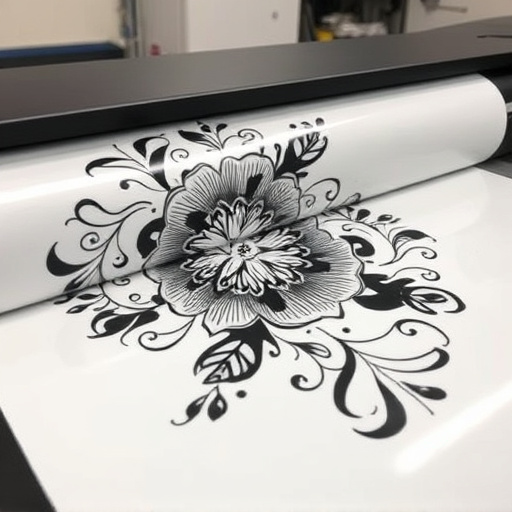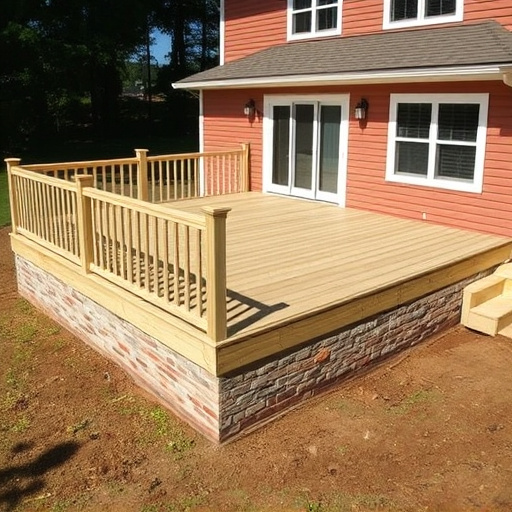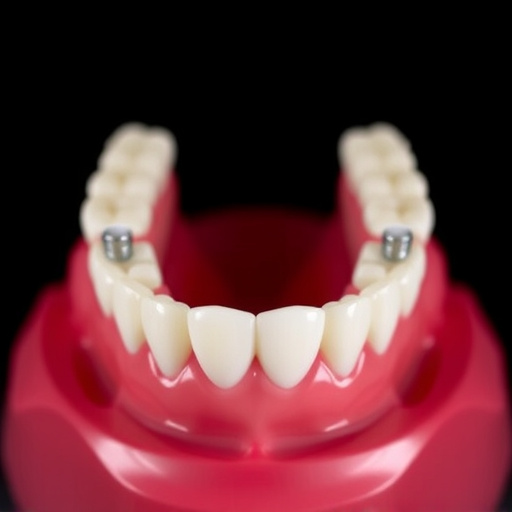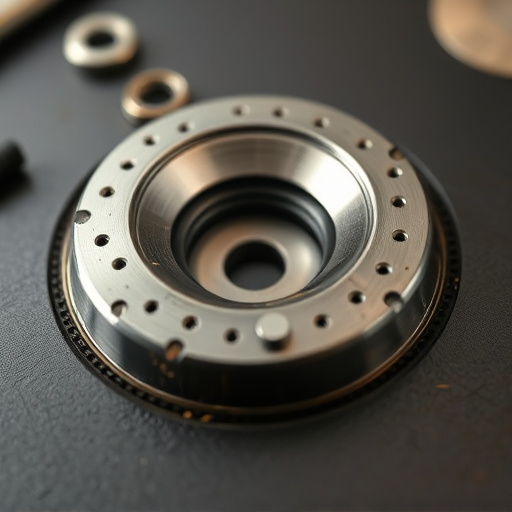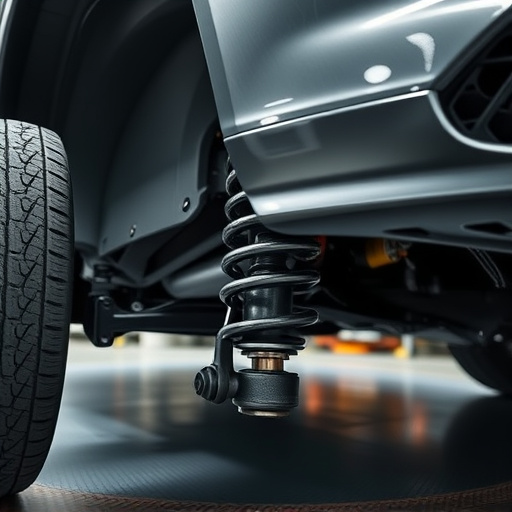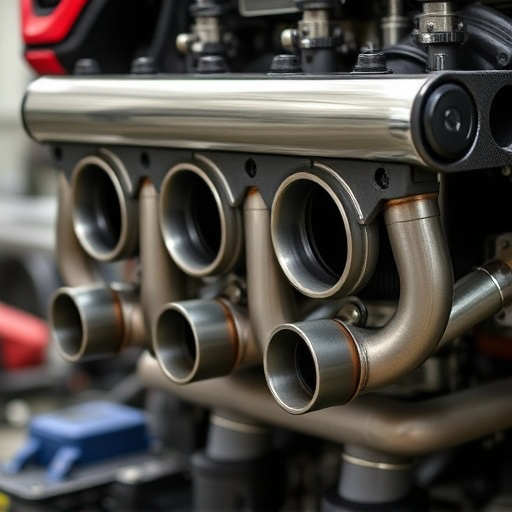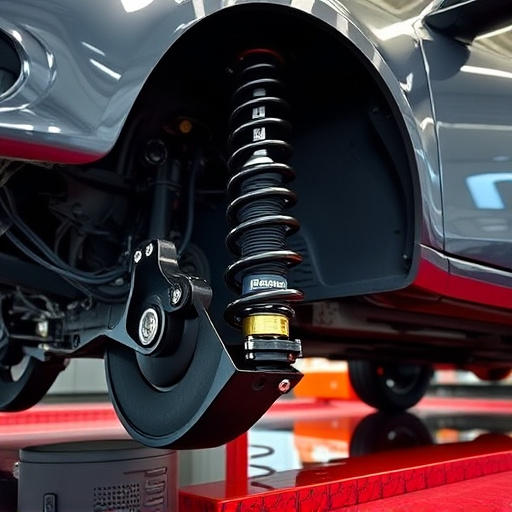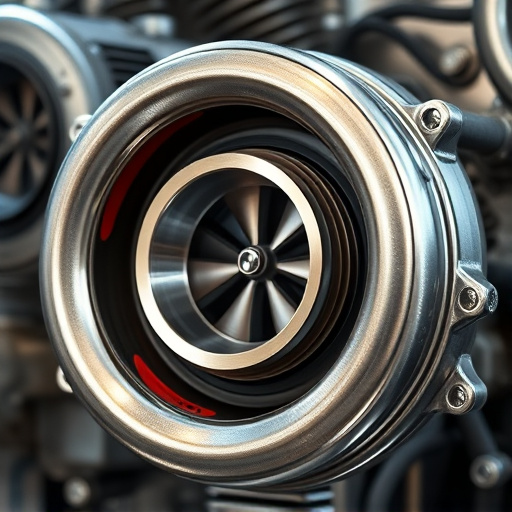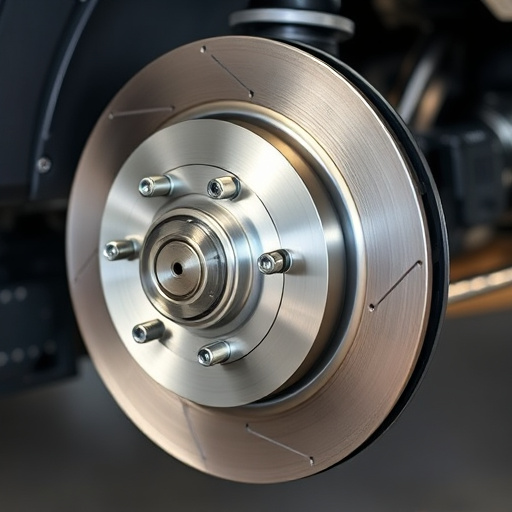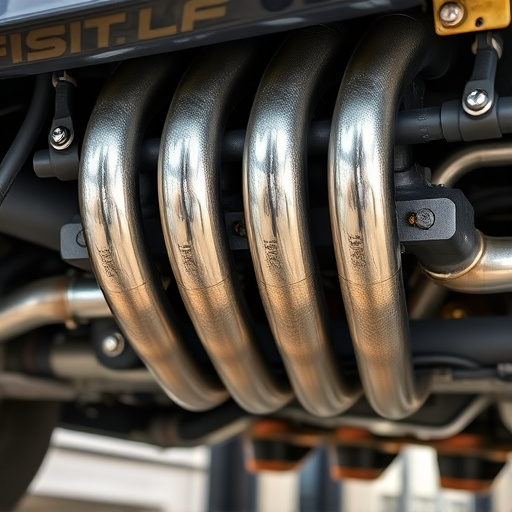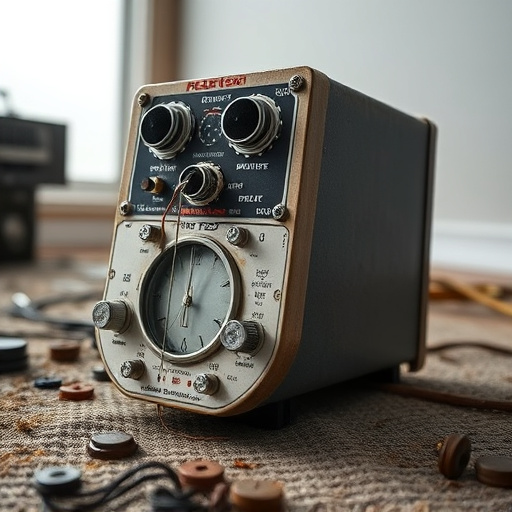A cold air intake (CAI) filter is a key upgrade for optimizing vehicle engine performance by delivering cool, clean air directly to the engine. Customizing your CAI involves selecting the right type and materials based on your vehicle's needs and integrating it with other modifications for holistic tuning. This guide provides step-by-step instructions for installing a high-flow synthetic CAI filter, ensuring improved engine health, better fuel efficiency, and enhanced overall performance while maintaining aesthetics through proper integration with existing mods.
Looking to unlock your vehicle’s full performance potential? Customizing your cold air intake (CAI) filter can be a game-changer. This article guides you through the process, from understanding the basics of CAI filters and their types to identifying crucial factors for customization. We’ll walk you through a step-by-step approach to tailor your filter for optimal airflow and engine efficiency, ensuring maximum gains in power and fuel economy.
- Understanding Your Cold Air Intake Filter: Types and Purposes
- Factors to Consider When Customizing Your CAI Filter
- Step-by-Step Guide: Tailoring Your Cold Air Intake Filter for Optimal Performance
Understanding Your Cold Air Intake Filter: Types and Purposes
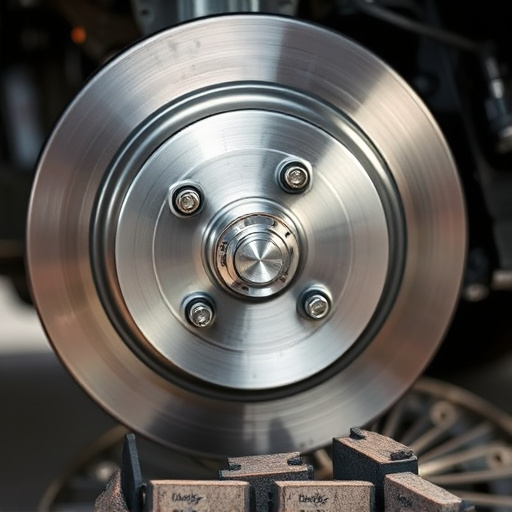
The cold air intake filter is a vital component in many vehicles’ engine performance and efficiency systems. Its primary purpose is to ensure that only clean, cool air enters the engine, enhancing combustion and overall power output. These filters are strategically placed near the engine’s air intake, often in the path of fresh, unfiltered air from the outside environment.
There are various types of cold air intake filters available, each designed for specific vehicle needs. Some are simple fabric or paper-based filters that trap dust and debris; others are more complex, high-flow designs made with synthetic materials to maximize airflow while still capturing small particles. Understanding your vehicle’s requirements and the different filter types can help you customize and optimize your cold air intake system, potentially improving engine performance alongside the aesthetics of exhaust tips or the agility of suspension kits.
Factors to Consider When Customizing Your CAI Filter
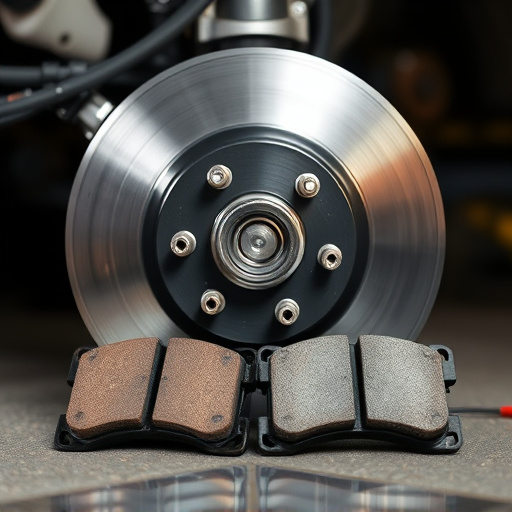
When customizing your cold air intake (CAI) filter, several factors come into play to ensure optimal performance and efficiency. One key aspect is understanding your vehicle’s specific requirements. Different cars have varying engine configurations and cooling needs, so a one-size-fits-all approach won’t deliver maximum results. Consider the make, model, and year of your vehicle to choose a CAI filter that aligns with its specifications.
Additionally, the type of material used in the filter is crucial for air flow and filtration. High-quality materials like synthetic media offer superior airflow while ensuring minimal restriction. This is essential for maintaining engine performance. Another factor to keep in mind is the overall design of your intake system, including any existing modifications like a cat back exhaust or different exhaust systems. Customizing these components should complement the CAI filter’s enhancements for holistic engine tuning.
Step-by-Step Guide: Tailoring Your Cold Air Intake Filter for Optimal Performance
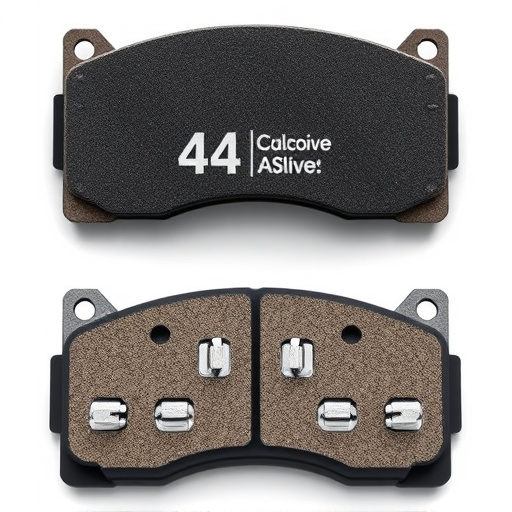
Customizing your cold air intake (CAI) filter is a direct path to boosting your vehicle’s performance and engine health. This step-by-step guide will help tailor your CAI filter for optimal results, ensuring maximum airflow and minimal restrictions.
Start by assessing your current air filter setup. Identify the type of filter you have—dry or wet—and note its dimensions. Next, gather the necessary tools: a measuring tape, a suitable replacement filter (consider high-flow designs), and any required adapters or gaskets. Remove the stock air filter housing carefully, taking note of how it attaches to ensure proper reassembly. Measure the space available for the new filter, ensuring compatibility with your vehicle’s design. Once you’ve selected the ideal replacement, install it by following your car’s specific instructions. Remember, a secure fit is crucial; loose or improperly seated filters can compromise airflow. After installation, test your system—check for any leaks and ensure the exhaust tips are unobstructed. This meticulous process guarantees that your vehicle breathes freely, delivering enhanced performance, better fuel efficiency, and more powerful brakes, all thanks to your tailored cold air intake filter.
Customizing your cold air intake (CAI) filter can significantly enhance your vehicle’s performance and efficiency. By understanding different filter types and their purposes, considering factors like climate and driving habits, and following a step-by-step guide, you can tailor your CAI for optimal performance. This ensures your engine receives the right amount of cool, clean air, leading to improved horsepower and fuel economy—a true game-changer for any car enthusiast.
